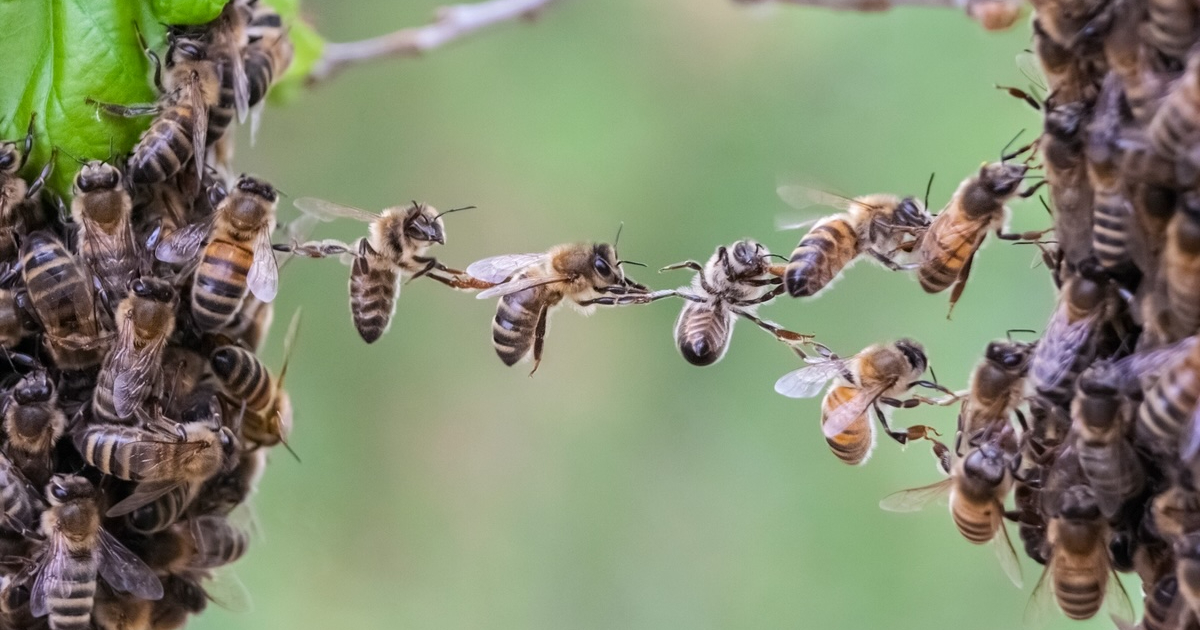Read more of this story at Slashdot.
About Rafsan
Rafsan Bhuiyan is a trailblazing U.S. Army veteran turned enterprise AI strategist, whose journey from battlefield discipline to cutting-edge innovation has redefined revenue operations for global businesses. As the Founder and CEO of OrionQ, he leads the charge in developing agentic AI platforms tailored for telecom and automotive dealerships—unlocking billions in untapped revenue through seamless automation and CRM integration. Under his vision, OrionQ isn’t just software; it’s a force multiplier that empowers sales teams to scale smarter, faster, and more humanely.
A proud graduate of Colorado Technical University with a deep-rooted passion for data science and software development, Rafsan has channeled his technical prowess into real-world impact. From overcoming gritty challenges in the POS service industry to coaching leaders on AI adoption, he’s built a reputation as one of the top voices in artificial intelligence. His insights have graced platforms like Authority Magazine, where he recently shared C-suite wisdom on balancing AI’s power with human intuition, and his Medium writings inspire aspiring data scientists to pursue fulfilling, productive lives.
Beyond the boardroom, Rafsan is a devoted dad, an avid growth coach, and an unyielding advocate for ethical AI that amplifies—not replaces—the human spark. Whether dissecting the $3 trillion enterprise revenue opportunity or sharing war stories from his military days, Rafsan’s blend of grit, geekery, and genuine curiosity makes him the ultimate podcast guest for anyone navigating the AI revolution. Tune in as he demystifies the future of work, one breakthrough at a time.
Today We Talked About
- background
- Army
- AI
- Why make it easy for people.
- Know your people
- UI is not meant for the AI era
- The world is changing, and we should change with it
- LLMO – The next version of SEO
- What are some of the prompts that get business’s discovered?
- Human Way to AI
Connect with Rafsan
Leave me a tip $
Click here to Donate to the show
I hope you enjoyed this show, please head over to Apple Podcasts and subscribe and leave me a rating and review, even one sentence will help spread the word. Thanks again!
Download audio: https://media.blubrry.com/a_geek_leader_podcast__/mc.blubrry.com/a_geek_leader_podcast__/AGL_449_Rafsan_Bhuiyan.mp3?awCollectionId=300549&awEpisodeId=11821870&aw_0_azn.pgenre=Business&aw_0_1st.ri=blubrry&aw_0_azn.pcountry=US&aw_0_azn.planguage=en&cat_exclude=IAB1-8%2CIAB1-9%2CIAB7-41%2CIAB8-5%2CIAB8-18%2CIAB11-4%2CIAB25%2CIAB26&aw_0_cnt.rss=https%3A%2F%2Fwww.ageekleader.com%2Ffeed%2Fpodcast
This week, Brian Gracely joins to dissect strategic choices made by Broadcom, Docker, Netflix and Intel. Plus: The AI Bifurcation—are models commodities or product pillars?
Rundown
- Licensing in VMware Cloud Foundation 9.0
- Hardened Images for Everyone
- Introducing Chainguard EmeritOSS
- Netflix to Acquire Warner Bros.
- Anthropic reportedly preparing for one of the largest IPOs
Conferences
- cfgmgmtcamp 2026, February 2nd to 4th, Ghent, BE.
- Coté speaking and doing live SDI with John Willis.
- DevOpsDayLA at SCALE23x, March 6th, Pasadena, CA
- Use code: DEVOP for 50% off.
- Devnexus 2026, March 4th to 6th, Atlanta, GA.
- Whole bunch of VMUGs, mostly in the US. The CFPs are open, go speak at them! Coté speaking in Amsterdam.
- Amsterdam (March 17-19, 2026), Minneapolis (April 7-9, 2026), Toronto (May 12-14, 2026), Dallas (June 9-11, 2026), Orlando (October 20-22, 2026)
SDT News & Community
- Join our Slack community
- Email the show: questions@softwaredefinedtalk.com
- Free stickers: Email your address to stickers@softwaredefinedtalk.com
- Follow us on social media: Twitter, Threads, Mastodon, LinkedIn, BlueSky
- Watch us on: Twitch, YouTube, Instagram, TikTok
- Book offer: Use code SDT for $20 off "Digital WTF" by Coté
- Sponsor the show: ads@softwaredefinedtalk.com
Photo Credits
Special Guest: Brian Gracely.
Download audio: https://aphid.fireside.fm/d/1437767933/9b74150b-3553-49dc-8332-f89bbbba9f92/4c84fc6b-a1aa-434b-a06d-3025b7922ce6.mp3

Spotify has introduced the Experiments with Learning (EwL) metric on top of its Confidence experimentation platform to measure how many tests deliver decision-ready insights, not just how many “win.” EwL captures both the quantity and quality of learning across product teams, helping them make faster, smarter product decisions at scale. The outcome must support one action: ship, abort, or iterate.
By Olimpiu Pop